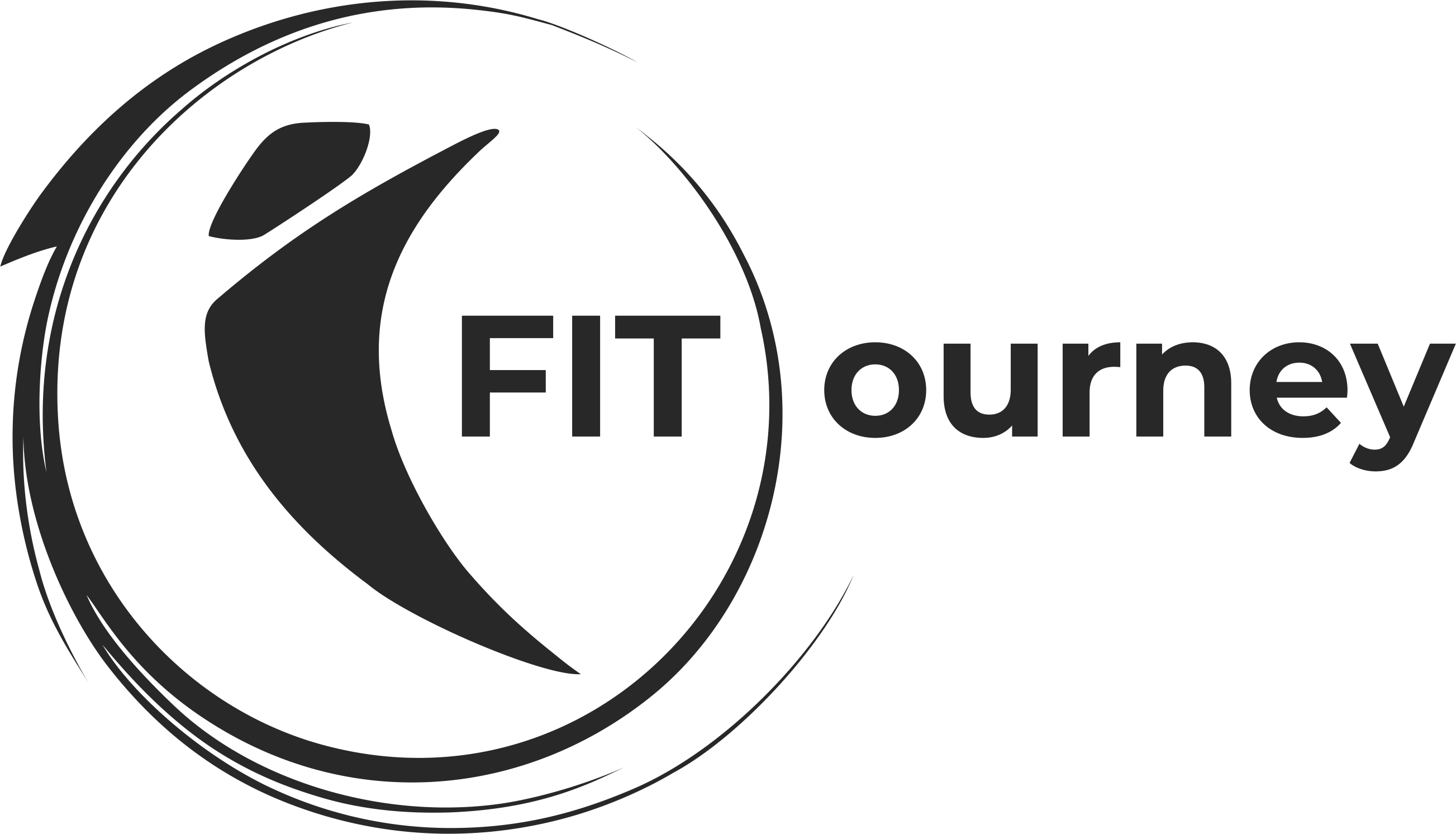Fitness is a journey, not a destination.
A journey means a continuing process. Like we eat food every day for basic nutrition, we should exercise regularly for better health. We are all aware that exercise is good for health. It offers various health benefits and is most probably the best tool to fight obesity, heart disease, cancer, diabetes and other chronic illnesses. However, putting that knowledge into practice can be challenging. There are so many different types of suggestions and questions such as: when to start, how to start exercising, how many days, what should be the intensity, the selection of ideal workouts etc, that it results in information overload and confuses.
The most important thing to know is that any exercise even for a small amount of time is way better than no exercise at all. The following is a complete breakdown of exercises and everything you need to know to set up a program that meets all your needs.
Benefits of Exercise
We all know exercising is good for our health, not only physically but also mentally. The wonderful thing about exercising is that you don’t need to give yourself much time, even exercising for a few minutes can give you awesome results and help achieve your desired goals. Here are some benefits you will get by exercising regularly:-
- Boosts your mood
- Improves sleep quality
- Helps you to feel energetic
- Improves bone density
- Improves self-confidence
- Improves quality of life
- Helps losing weight
- Reduces stress
- Reduces the risk of heart diseases
- Helps to fight depression and anxiety
- Helps to strengthen the lungs and heart
Exercising regularly helps to improve your lifestyle and provides so many benefits. Even a walk for five to ten minutes gives you a healthy mind and body.
Types of exercise
- Cardio training
- Strength training
- Flexibility
Cardio Training:
Cardio simply put, means heart. Cardio training improves your heart health. Cardio training simply means any activity performed for more than 3 minutes continuously without rest. Cardio activity includes walking, running swimming, jogging, cycling, aerobics, dancing etc. Cardio training helps to improve endurance and burns a good amount of calories, which helps to lose weight. Cardio training should always be tailored to your fitness level, but there are some general guidelines that you should consider based on your goals when choosing cardio programs.
- For general fitness, one should do cardio for 30 minutes at moderate intensity, 5 days a week.
- For weight loss, 45-60 minutes of cardio training are recommended at moderate intensity.
Performing exercises within your health limit is very important. Before starting any fitness training always consult your healthcare provider.
Strength Training:
Strength training helps to strengthen muscles of the body with the help of weights (dumbbells, barbells, resistance bend). Strength training works in a different way and is equally important for the body to maintain good health and lose weight. Strength training helps to strengthen the muscles, bones, and connective tissue.
Strength training improves lean muscle mass, which raises metabolism helping you to reduce body fat. If you are new to strength training, it is good to start with body-weight exercises such as push-ups, squats, lunges, planks, pull-ups etc.
If you go to a fitness centre or gym, you can start with the following steps:
- Choose 10-12 exercises targeting your major muscle groups (legs, back, chest, shoulder, biceps, triceps and abs).
- For beginners, it is good to perform a single set per exercise and select a weight that allows 8-15 repetitions. More advanced exercisers can do two to three sets per exercise.
- Train each major muscle group (legs, back and chest) one time in a week.
- Always perform a full range of motion and in good form and technique.
Flexibility:
Stretching is often the most ignored exercise. It is important for our body to perform the full range across all the joints. Performing stretches on a regular basis helps you to get that flexibility. After performing any exercise like cardio and strength training, it is important to stretch your body. It improves blood flow towards working muscles and helps to recover well. Here are the guidelines for stretching
- Perform static stretches on stiffed areas, such as hamstrings, quadriceps and lower back.
- Hold each stretch for 15-30 seconds and perform 2-3 sets for each stretch
- Stretch 3-4 days a week. A daily stretch practice is preferred.
- Always ensure to perform stretches to your own limit so it does not end up hurting you.
- Perform stretches when your muscles are warm (immediately after completing the exercise).
Yoga is the best exercise to improve flexibility and reduce stress. Additionally, Pilates promotes flexibility as well as core strength and stability. A combination of both of these activities is a great complement to a traditional cardio and strength training program.
How one can start exercising?
Cardio, strength and yoga have their own benefits. One should need to perform a combination of all three training to get good health. You can set up a schedule in a variety of ways, but the following example shows how you might get started if you are a beginner:
DAY 1 | DAY 2 | DAY 3 | DAY 4 | DAY 5 | DAY 6 |
| 30 minutes cardio | Total body strength training | Rest | 30 minutes cardio | Total body strength training | Rest |
| + | + | OR | + | + | + |
| Full body stretches | Full body stretches | Stretches | Full body stretches | Full body stretches | Stretches |

